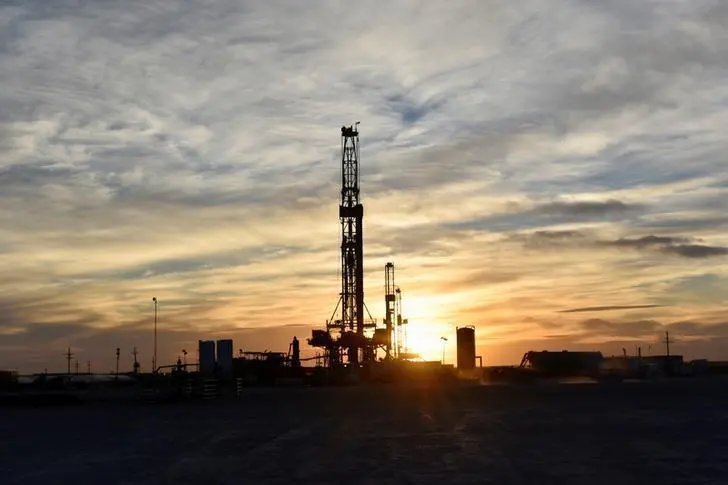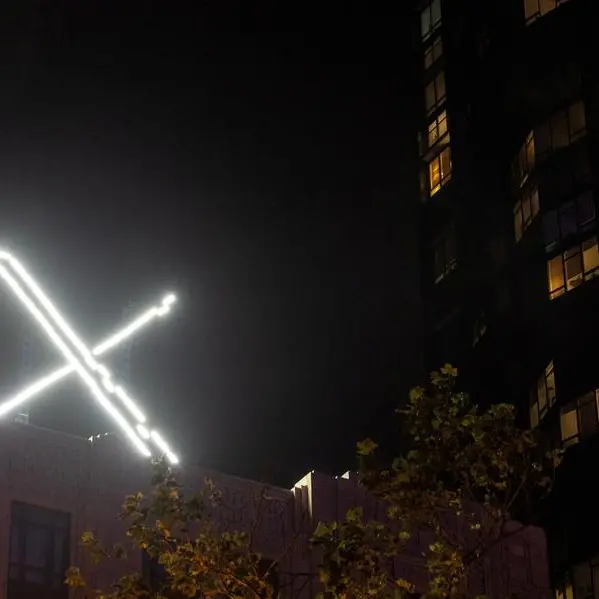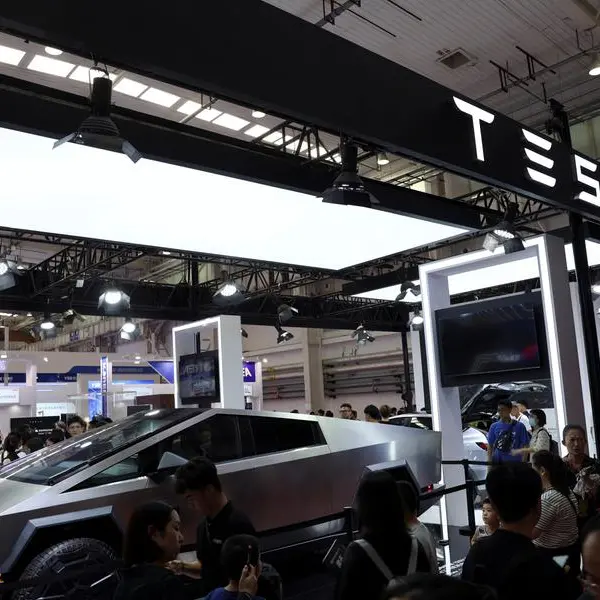PHOTO
SHARM EL-SHEIKH - U.S. President Joe Biden's administration plans to toughen a crackdown on oil and gas industry methane leaks as part of a "relentless focus" on preventing planet-warming emissions, officials said on Friday at the COP27 climate talks.
The U.S. Environmental Protection Agency said it will expand its 2021 methane rule so that it requires drillers to find and plug leaks at all of the country's well sites, and not just the biggest ones, defying months of lobbying from drillers.
White House National Climate Adviser Ali Zaidi, speaking at the conference in Sharm el-Sheikh, said the planned crackdown on methane, which is among the most powerful greenhouse gases, was part of the Biden administration’s “relentless focus on making sure we root out emissions everywhere we can find them.”
The oil and gas industry is a large source of methane, which tends to leak into the atmosphere undetected from drill sites, gas pipelines and other equipment.
The EPA last year announced a proposal to address the problem by requiring oil and gas operators to monitor 300,000 of its biggest well sites quarterly to find and fix leaks.
The new plan would extend that by requiring monitoring of all the country’s roughly 1 million well sites, the EPA said.
It would also force methane emissions reductions from flaring equipment and create a system to detect leaks from "super-emitter" sites quickly so operators can repair them faster and local community residents are aware.
Although short-lived compared with carbon dioxide, methane is responsible for around a quarter of planetary warming so far, making it a target for policy-makers seeking to combat climate change.
The EPA said the stronger rules would reduce methane from the oil and gas industry by 87% below 2005 levels and would help the United States to meet its commitment under the Global Methane Pledge to cut methane emissions economy-wide by 30% this decade.
Last year, the United States and the European Union spearheaded the Global Methane Pledge, which has drawn the participation of 119 countries.
The U.S. Chamber of Commerce and American Chamber of Commerce, which represent U.S. business interests, said in a joint statement they supported efforts to cut methane, but the new rules needed to consider "heightened concerns associated with energy supply, reliability, and affordability."
Environmental groups welcomed the EPA's announcement, while maintaining pressure on the administration to transition the economy away from oil and gas.
"Even the best methane reduction plan will be irrelevant if fossil fuels keep expanding, so the president needs to act now," said Jean Su, director of the Center for Biological Diversity’s Energy Justice program.
OIL AND GAS INDUSTRY LOBBYING
The oil and gas industry had urged the agency to exclude hundreds of thousands of low-producing wells on the grounds frequent monitoring would be inefficient and costly.
Studies from the Department of Energy and from environmental group EDF, however, showed that more than half of methane emitted from U.S. well sites comes from wells that produce less than 15 barrels a day.
"We believe the rule was fair in that aspect,” U.S. Environmental Protection Agency Administrator Michael Regan said, adding he believed the monitoring would be affordable.
In a concession to the industry, the EPA said it would provide oil and gas companies flexibility around the kinds of technology they can use to monitor their sites for leaks. Also, it did not impose an outright ban on flaring, as some environmental groups had requested.
Regan told a news conference the practice of burning off excess gas from drill sites would only be permitted under the proposal if operators can prove they cannot feasibly get it to market or reinject it into the ground.
The new plan also creates a program to detect the biggest methane emitting sites using government data or remote technology, and then notifies the owner to prompt a quick repair.
That program would make information about leaks - and company responses to them - public. It dovetailed with a U.N. announcement on Friday that it will launch a global public database of methane leaks detected by space satellites to encourage companies and governments to plug them.
The EPA will take public input on the methane rule until Feb. 13, 2023 and plans to finalize it by the end of that year.
If the proposal is implemented, the EPA estimates that it will yield total net climate benefits of $3.1 to $3.2 billion per year from 2023 to 2035, taking into account compliance and savings from recovered natural gas.
The rule, however, could be undone if a Republican wins the 2024 presidential election and decides to reverse it.
For daily comprehensive coverage on COP27 in your inbox, sign up for the Reuters Sustainable Switch newsletter here
(Reporting by Valerie Volcovici; editing by Richard Valdmanis and Barbara Lewis)























